The turkey vulture from the last update was released after a few days’ R&R. No photos; turkey vultures are so shy all he’d do is hunker down in his box and hide his head while I was watching. I left the box open in a safe place and left him undisturbed for a while, and he was gone when I came back.
The mocker is in the flight pen now and eating some mealworms on his own. His flight skills have improved dramatically in just the past few days, so I hope to release him within the next week or so.
Sadly, the wrens that were doing so well all died. Wrens are stressy little birds, but honestly, until last year I had really amazing release rates. Last year was atrocious for me on the wren front, and I finally experienced the struggles my fellow rehabbers have reported with the nervous little darlings. This year is a mixed bag so far.
These possums were found wandering in a yard with no mama in sight. Actually, they’re totally self-feeding and would be able to handle that aspect of survival on their own. At this small size, however, they’re easy prey, so the general rule of thumb in wildlife rehab is to provide them a nutritious diet and a safe haven while they grow to a size that will make them less vulnerable to predators. Since they’re self-feeding, I have no reason to handle them, and they’re very skittish. This isn’t a great photo, but it’s the best I’ve managed of all three of them—so far, at least.
The “bald eagle” was in fact an adult Mississippi kite that we suspected had been shot, as he had blood on his neck and was unable to stand. The next morning, I got the M. kite to the vet, where I was sure his x-rays would light up like a Christmas tree. Instead, we had…nothing. It was a lovely, normal x-ray--no lead, no fractures, nothing to explain why the M. kite favored the entire left side of his body. We opted for a small dose of steroids and a mild antibiotic to see what would happen. That night, he flopped on his back and couldn’t flip back over. Convinced he was done for, I flipped him to his belly and made him as comfortable as possible, figuring he’d check out during the night, but lo and behold, the next morning he was standing! He’s still favoring his left side some but he is standing now, so hopefully we’ll be able to release him soon. Below is a photo of him on his side; he flips on his back or side in defensive mode every time I go near him, so you’ll just have to take my word he’s standing!
This little one, while sporting no obvious injuries, had become very lethargic her second morning at LWR. We’re on the third day of antibiotics with no discernible improvement or worsening, so this little sweetheart may also be on borrowed time.
LWR also received yet another downy barred owl, found on the ground in an area frequented by dogs. He only overnighted here before heading for Bubba & Friends to join several other downy barred owls I’ve sent that way this season.
Just a reminder, folks--it's against state and, in the case of birds, federal law to possess wildlife without a permit. Rehabbers cannot and should not provide care advice for any members of the public possessing wildlife in violation of said laws, other than emergency measures until the wildlife can be gotten to a licensed individual. Please don't ask us to break the law because you "have a big heart" or you "love animals." If your heart is that "big" and you truly "love animals," then do the right thing and get the wildlife to a licensed rehabber who is trained to provide the proper care. Don't screw the wildlife up with improper care and then ask us to rectify your mistakes, either. If you couldn't contact us when the wildlife had a chance at being rehabbed, don't contact us when you've "loved" it to death's door.
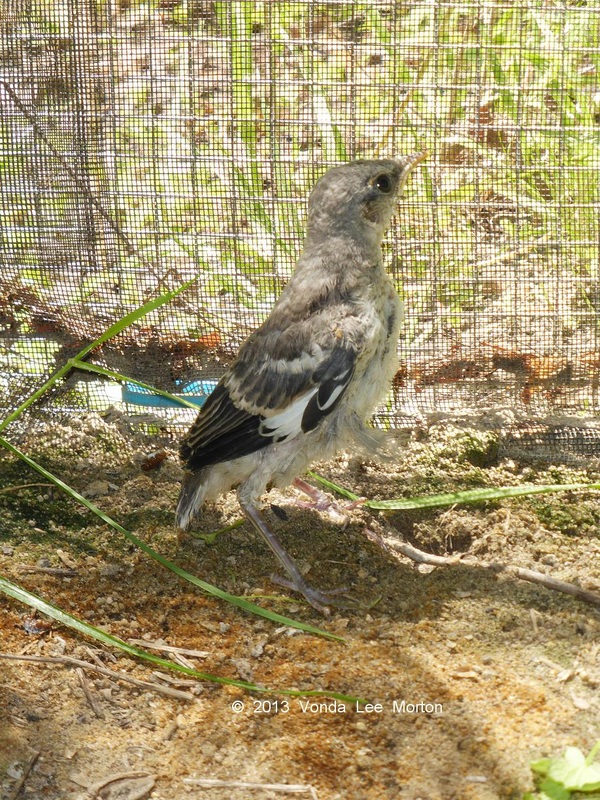
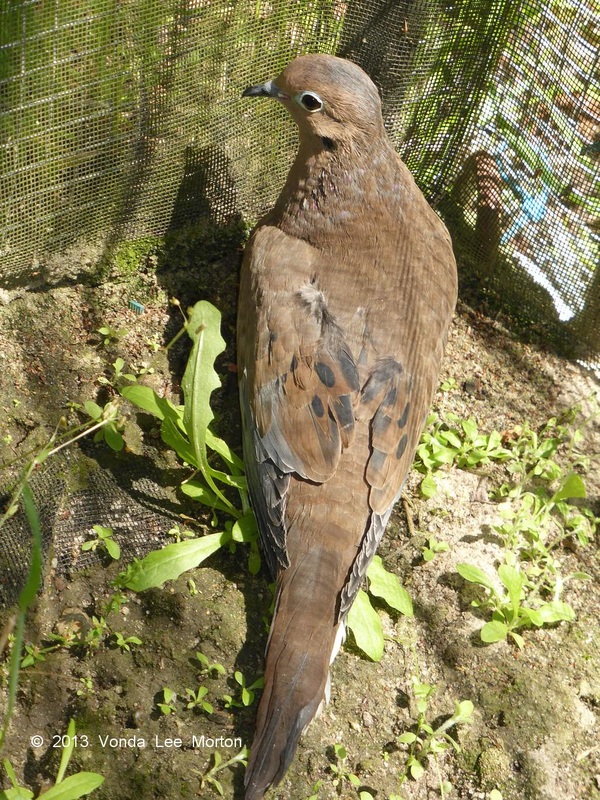
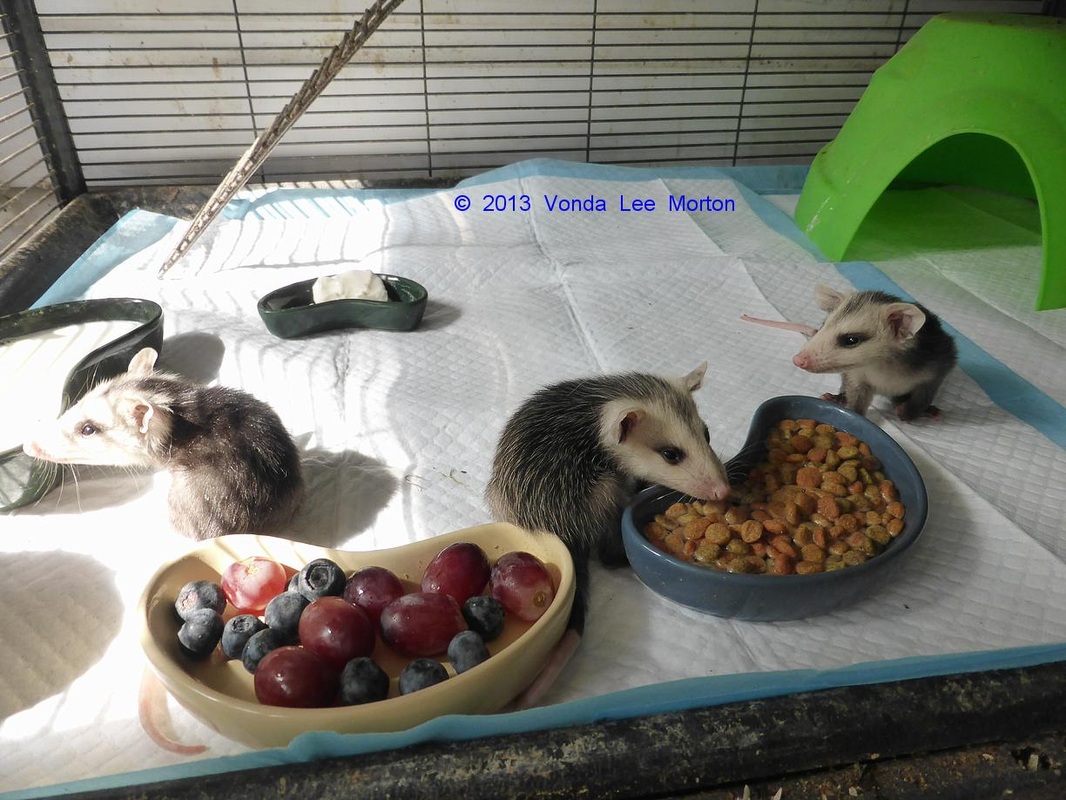
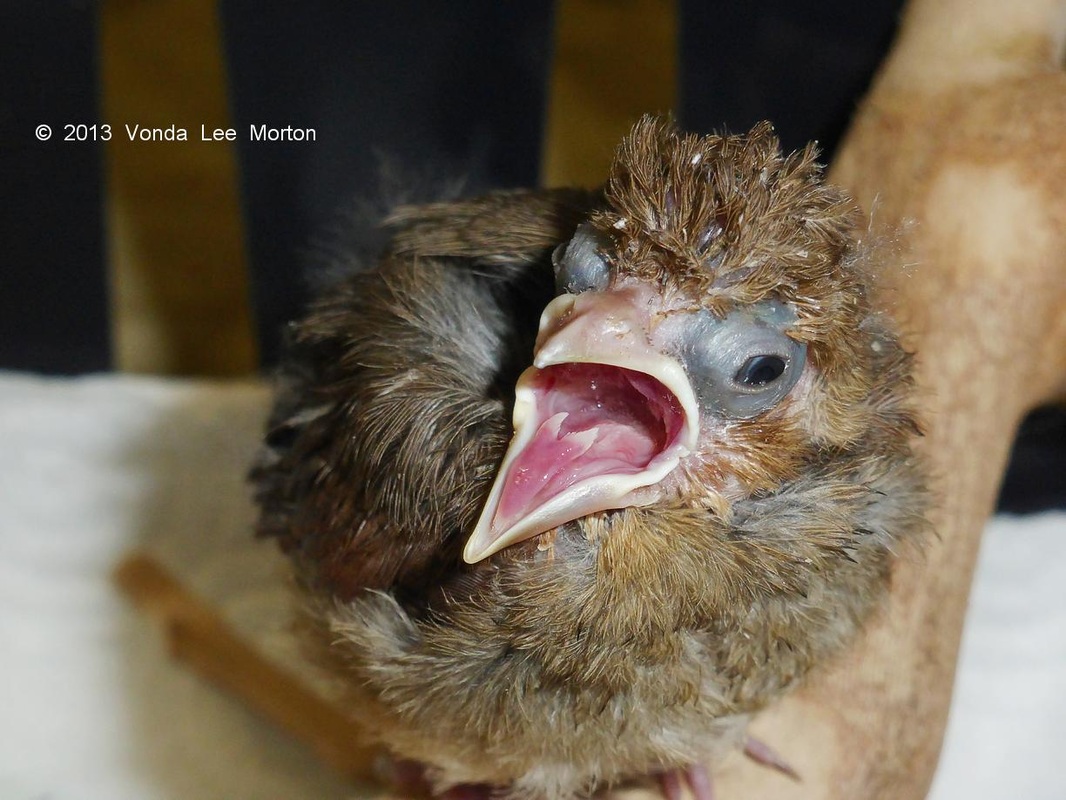
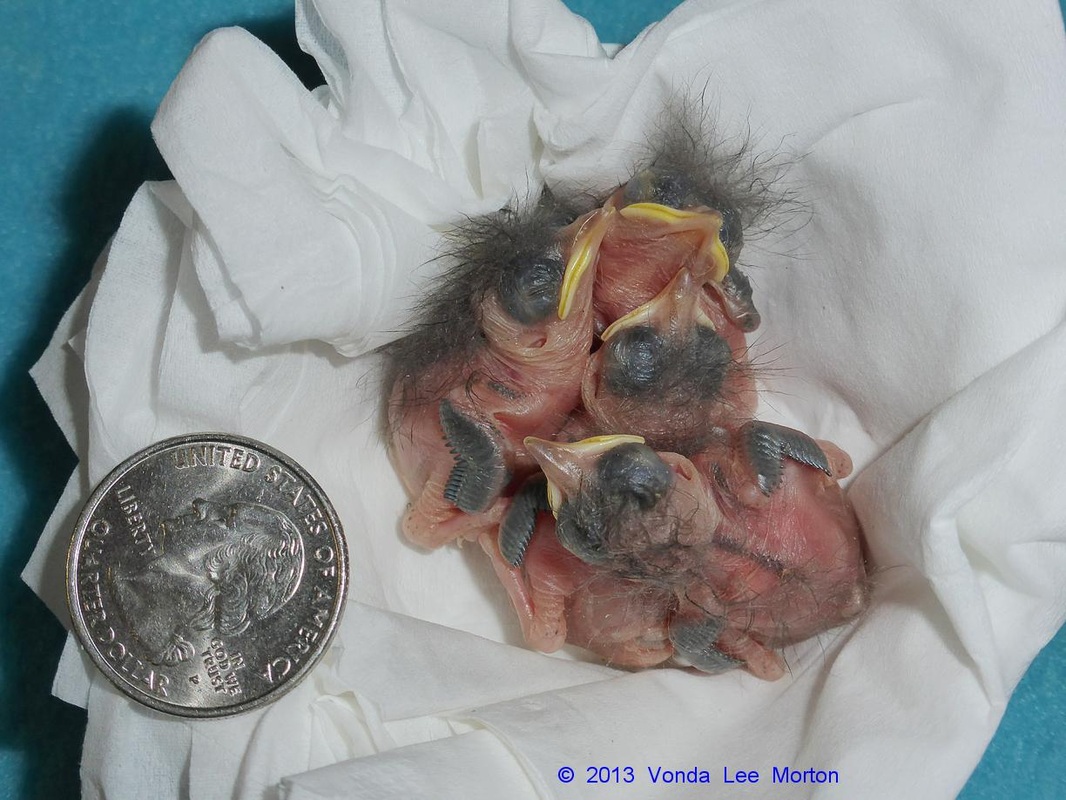
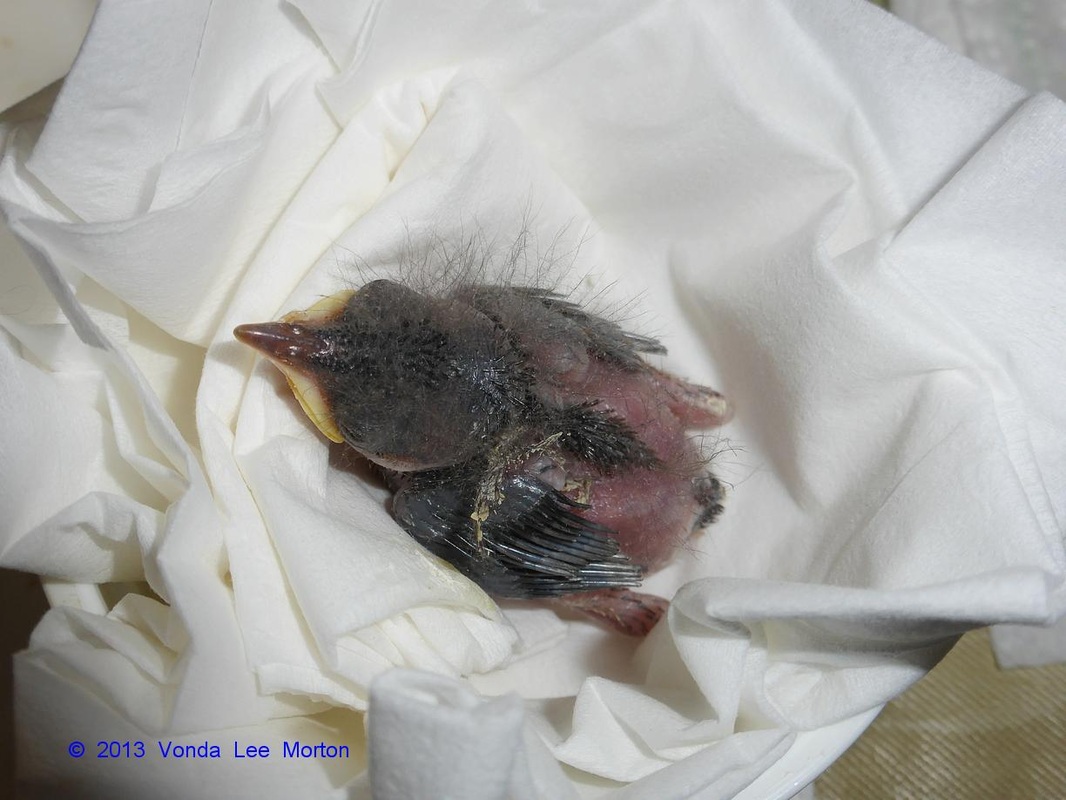
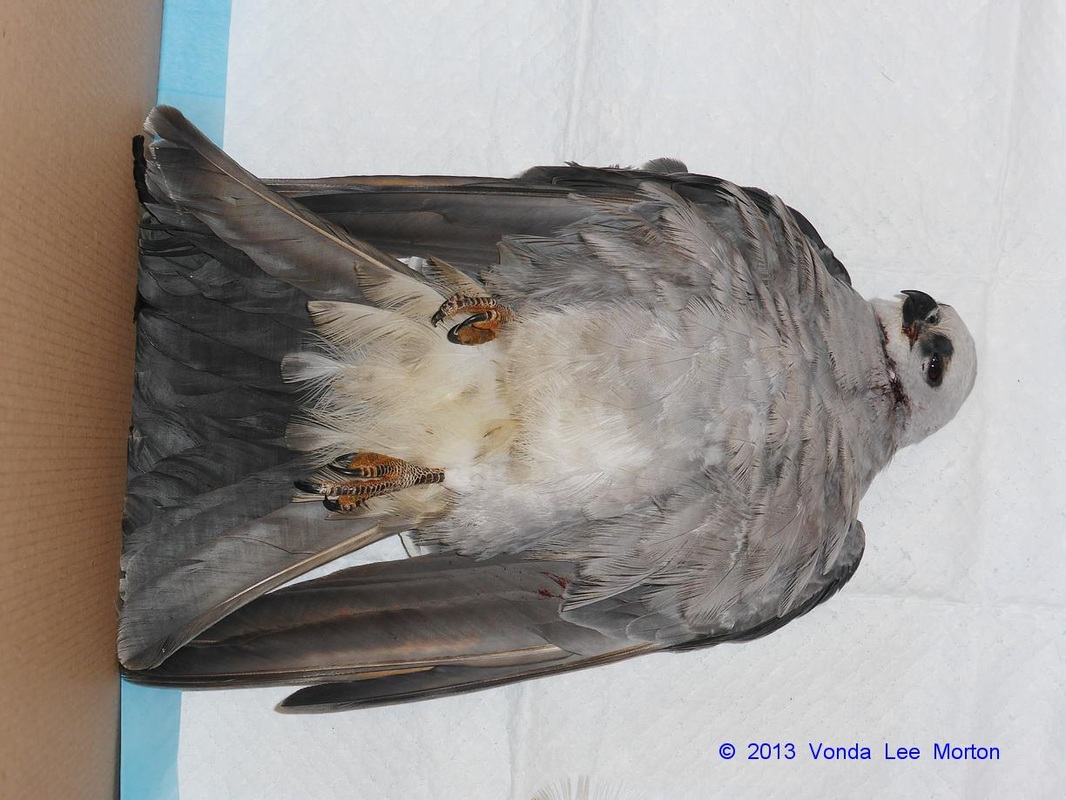
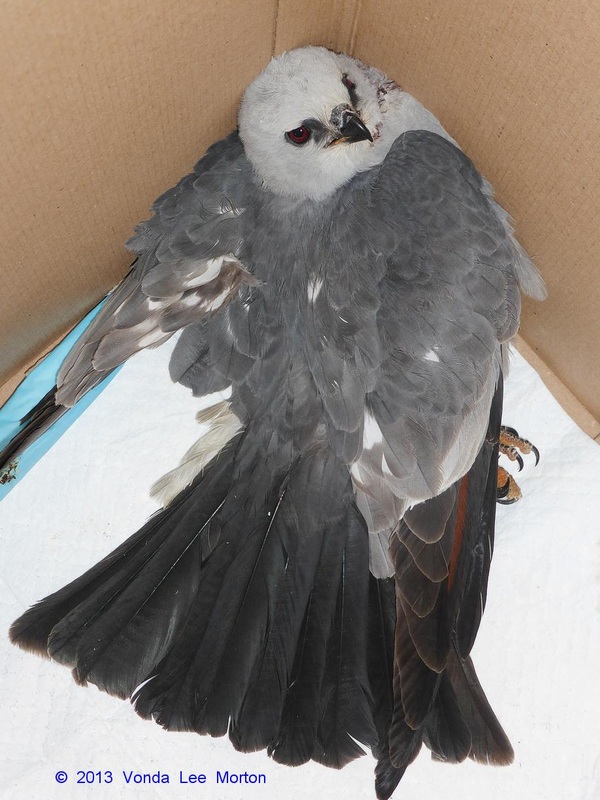
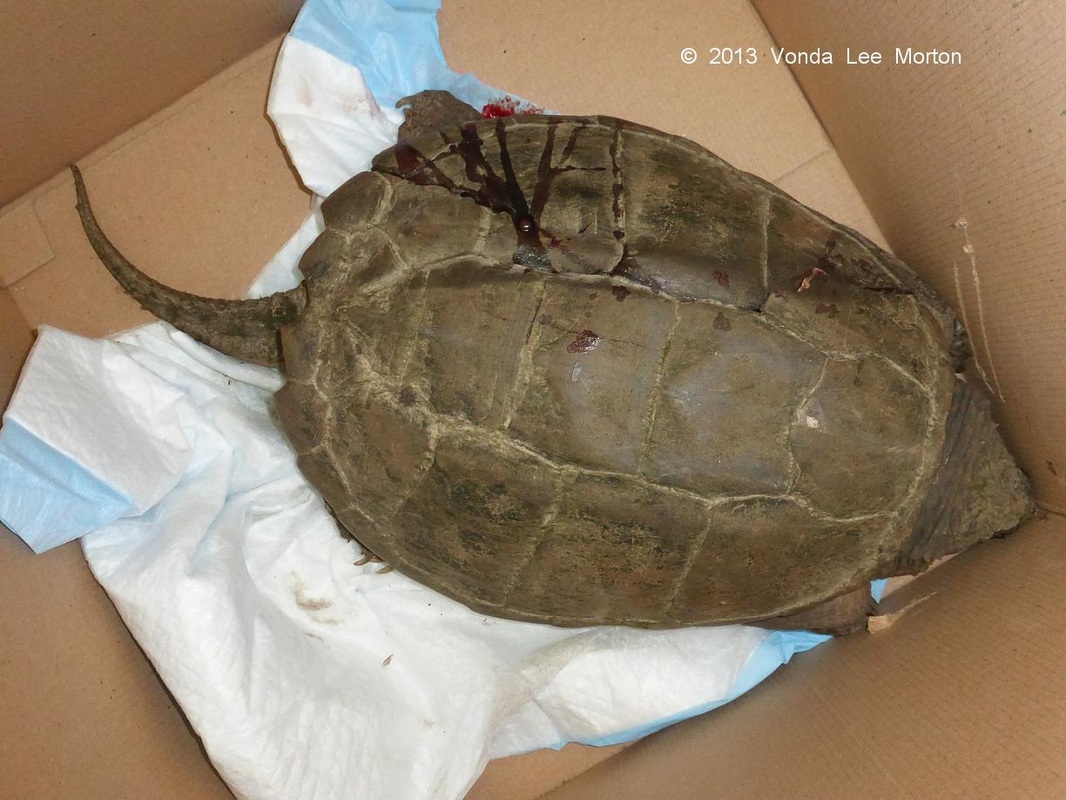

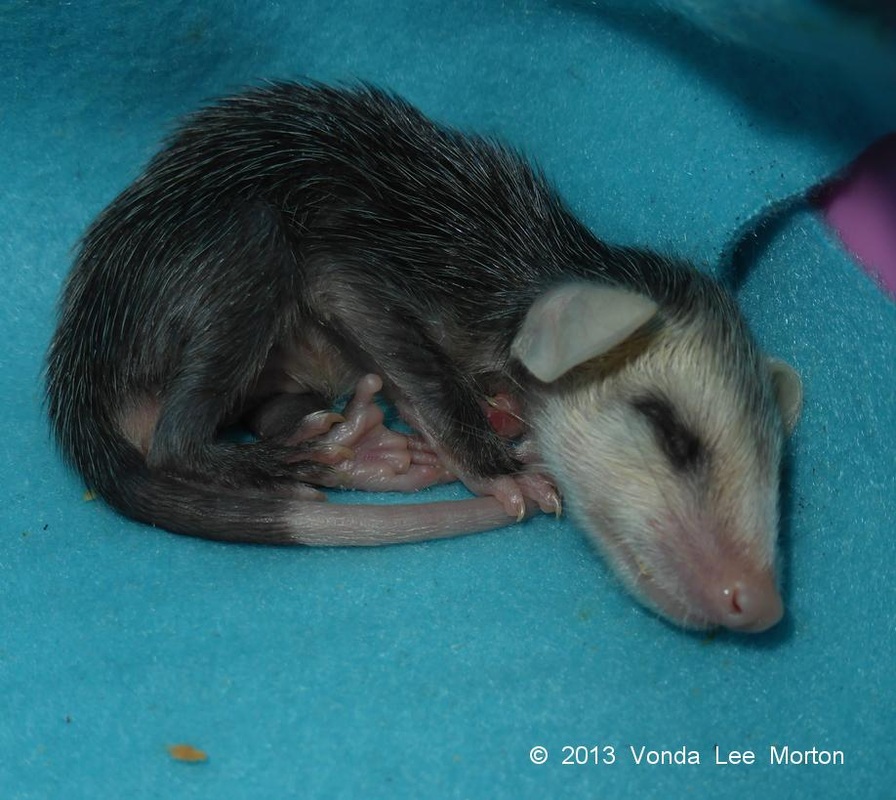
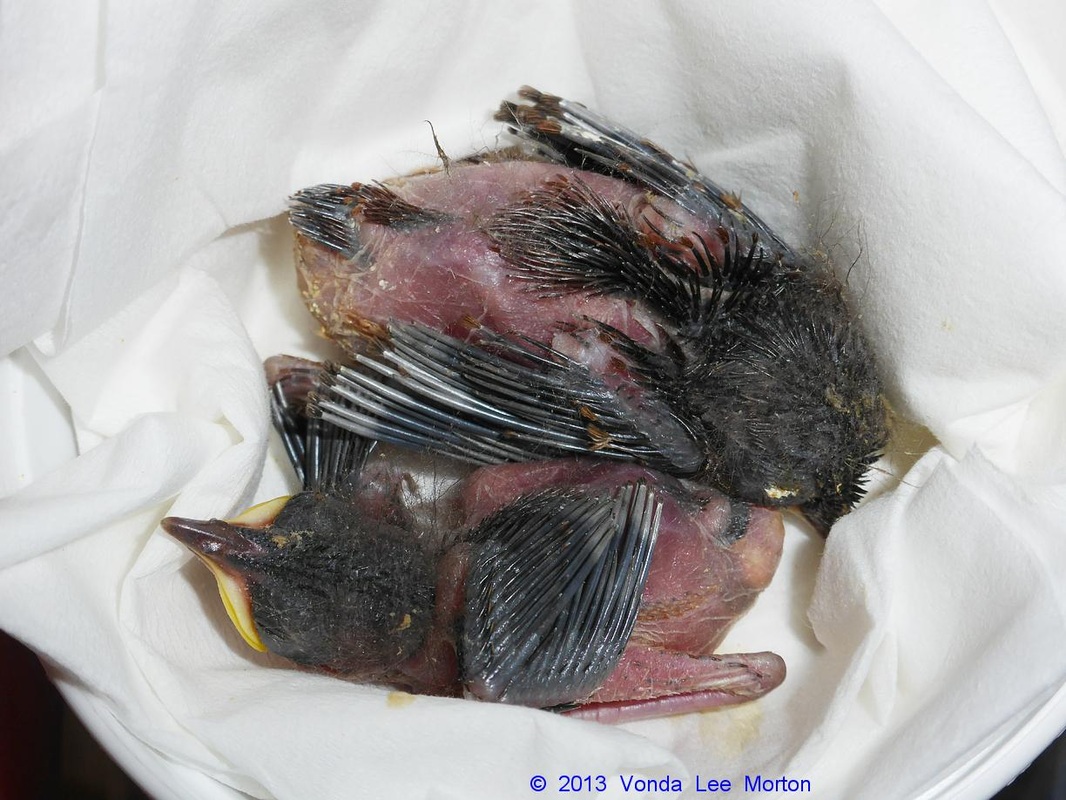
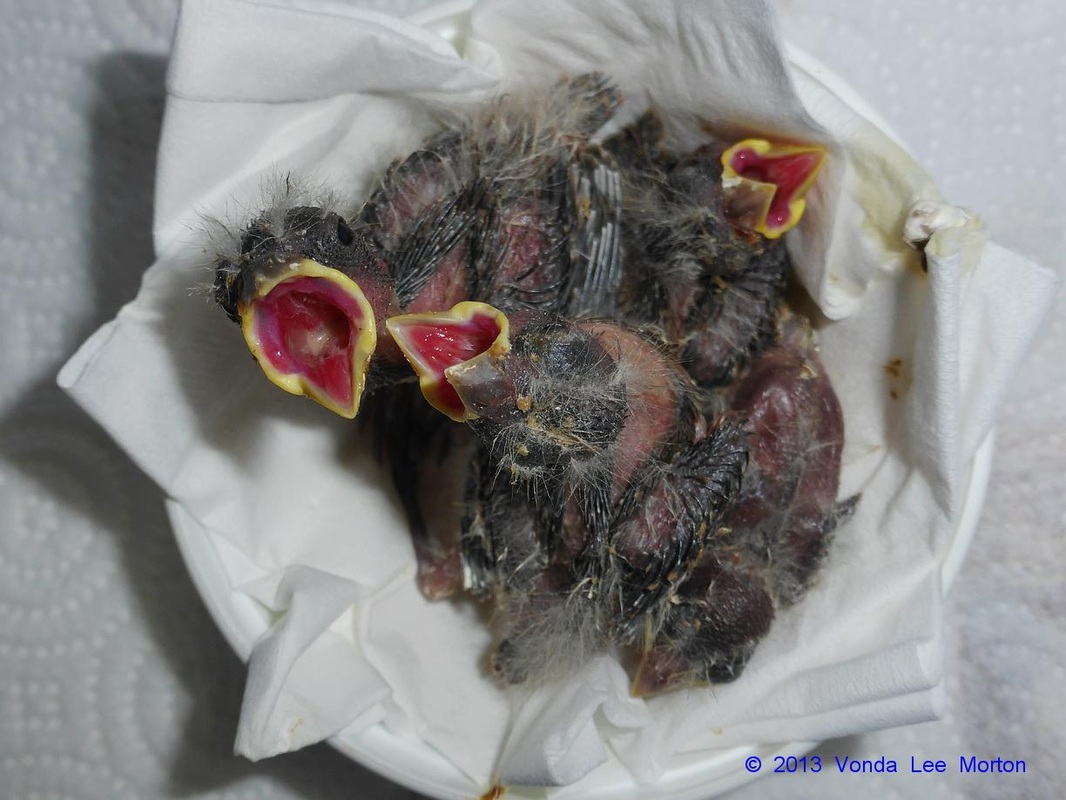
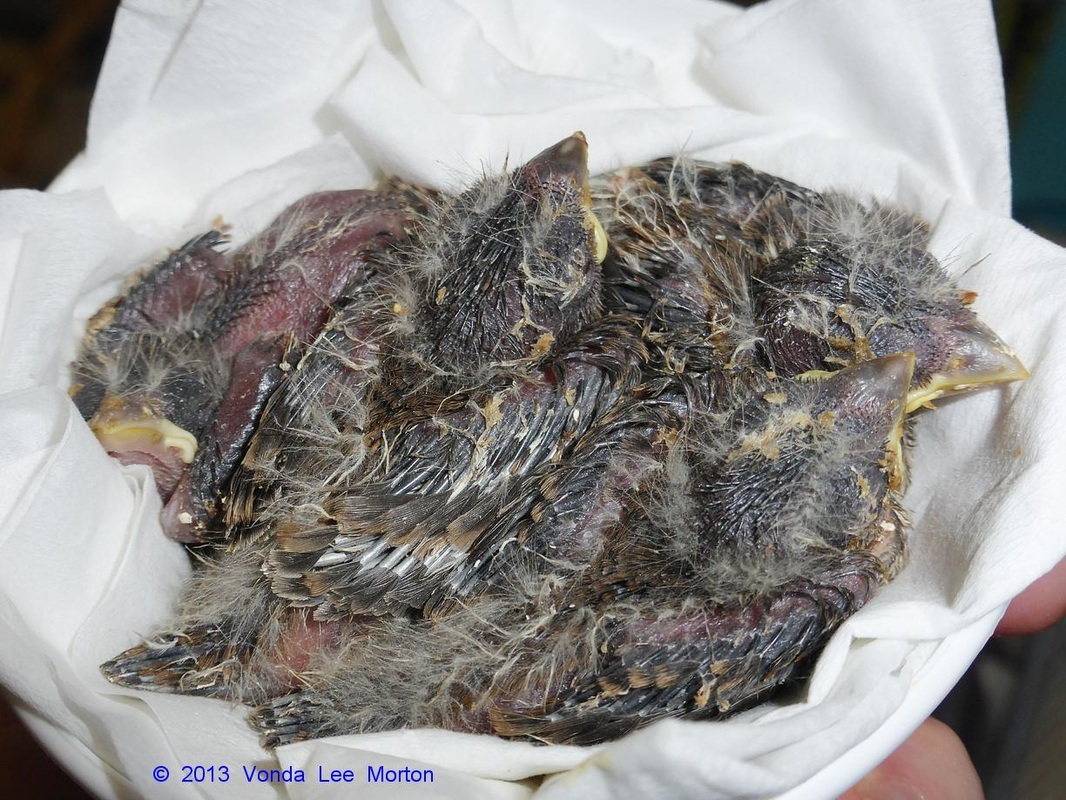
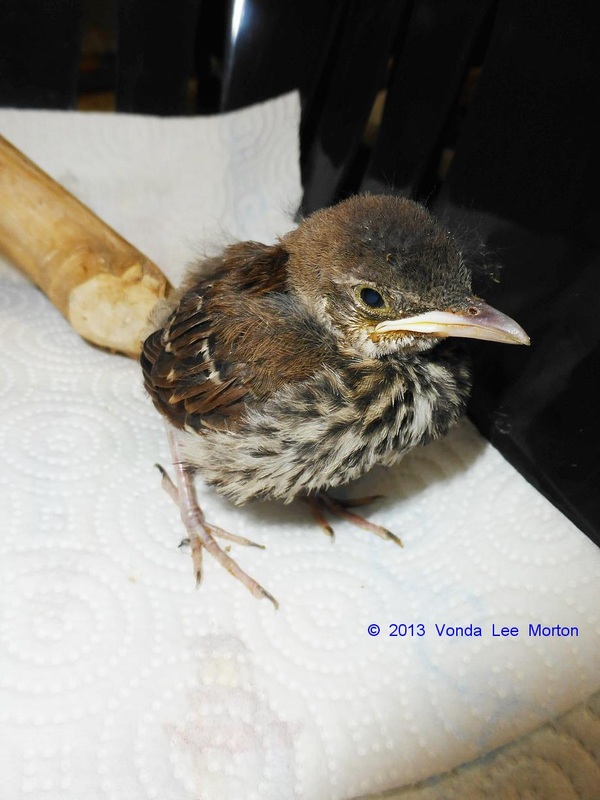
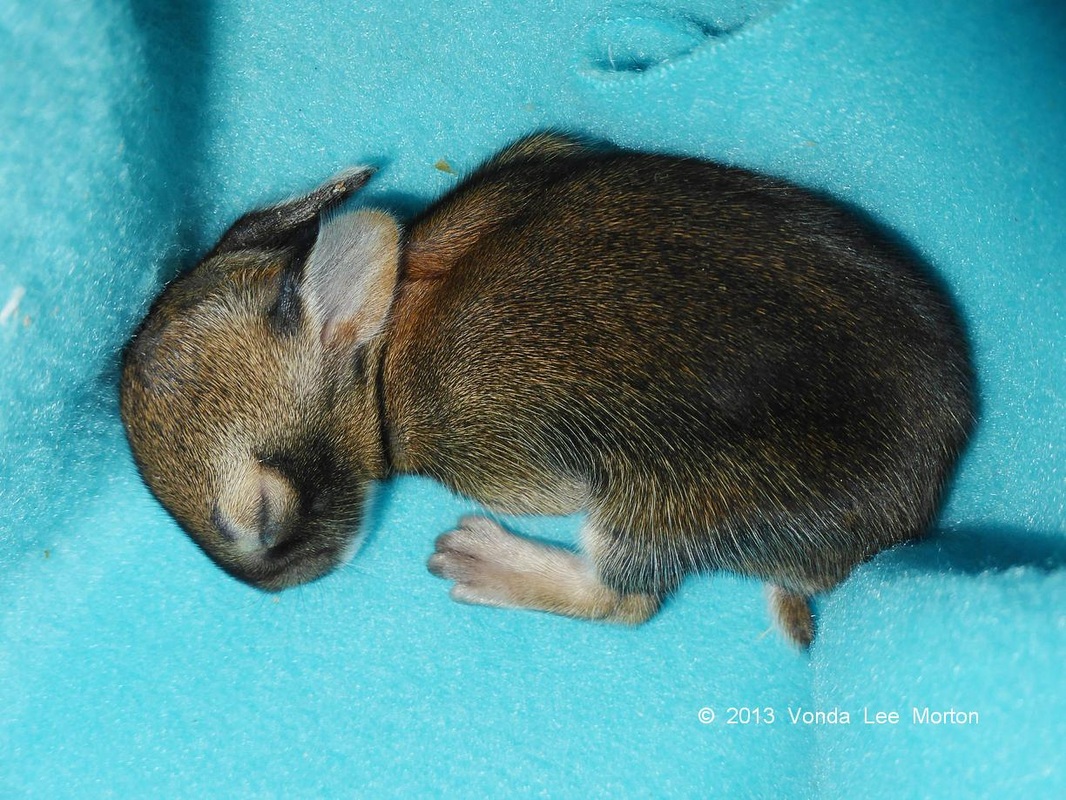
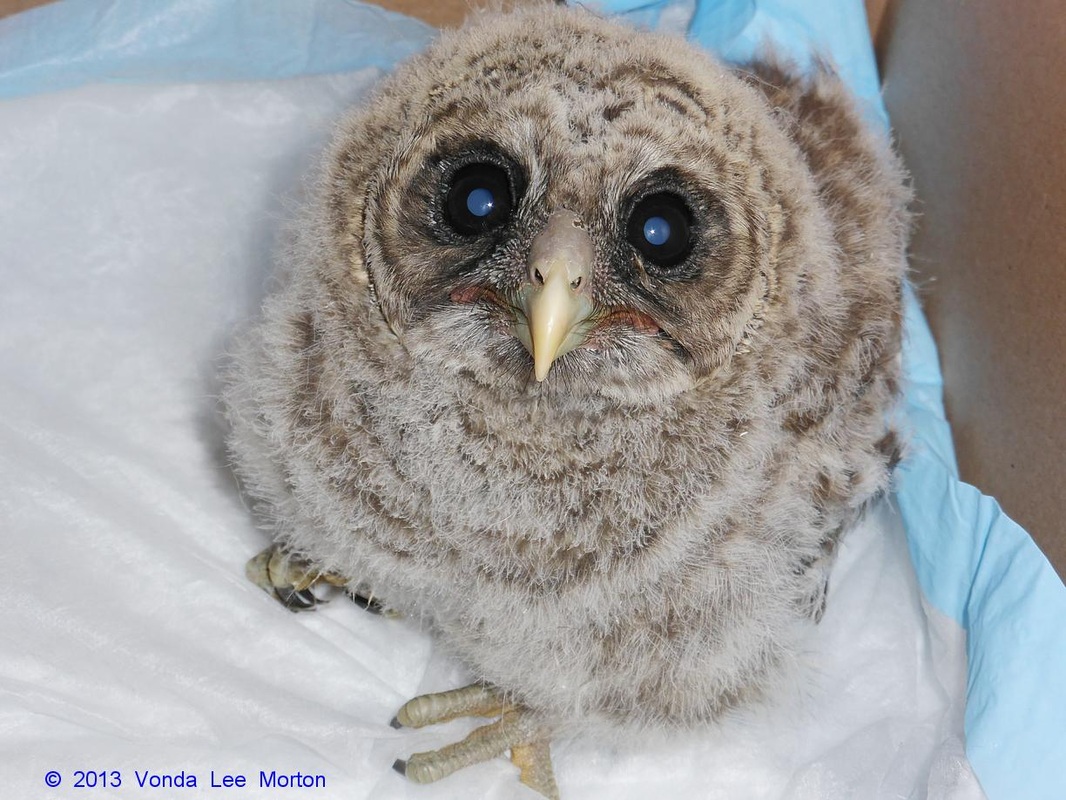
 RSS Feed
RSS Feed
